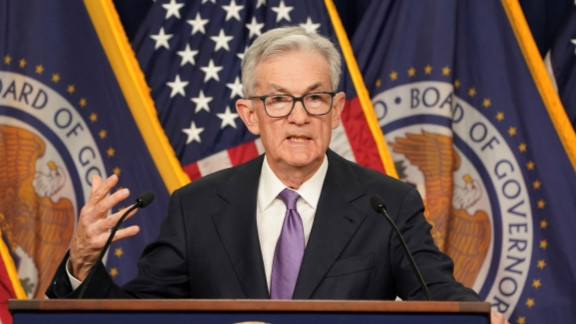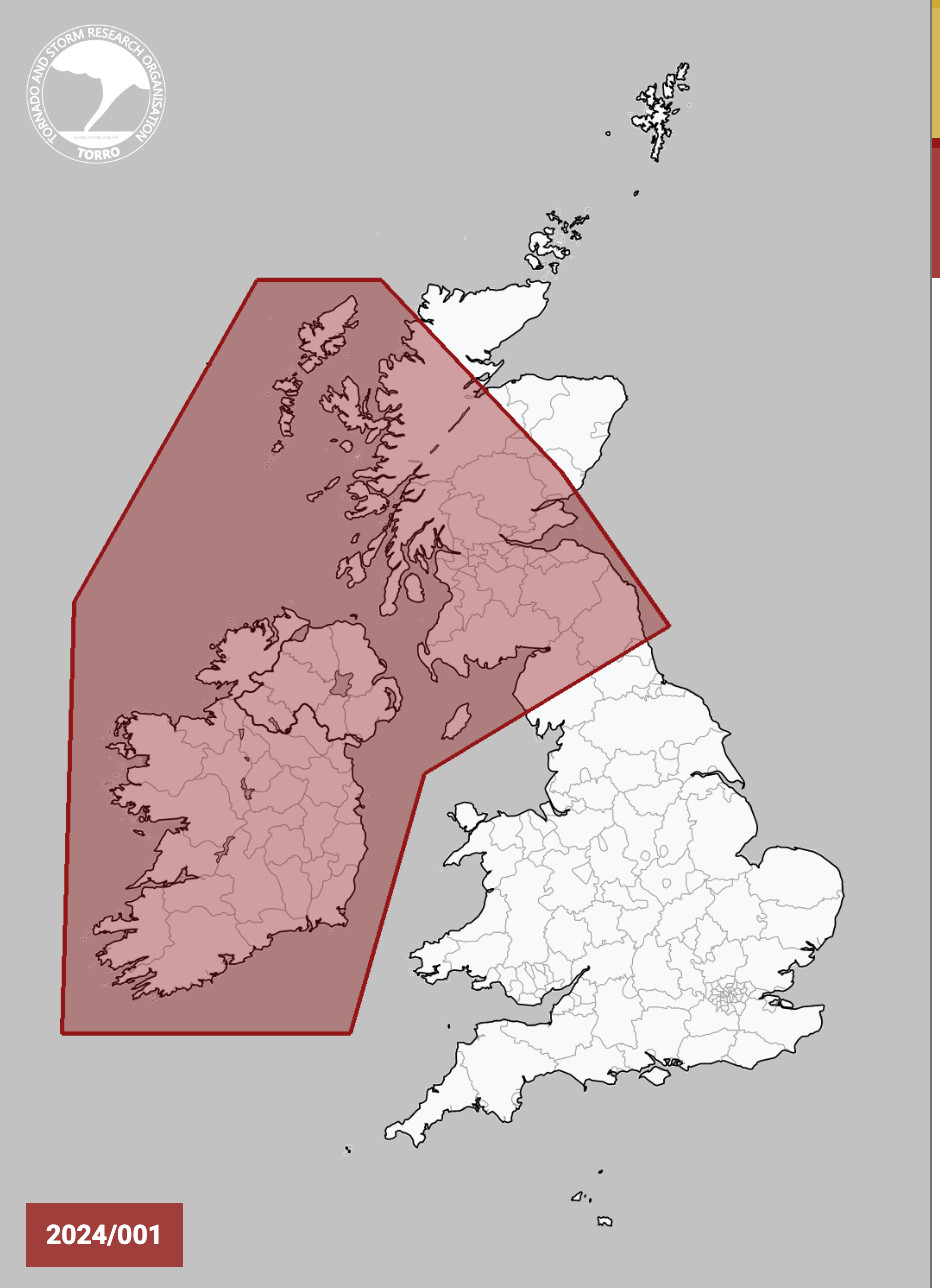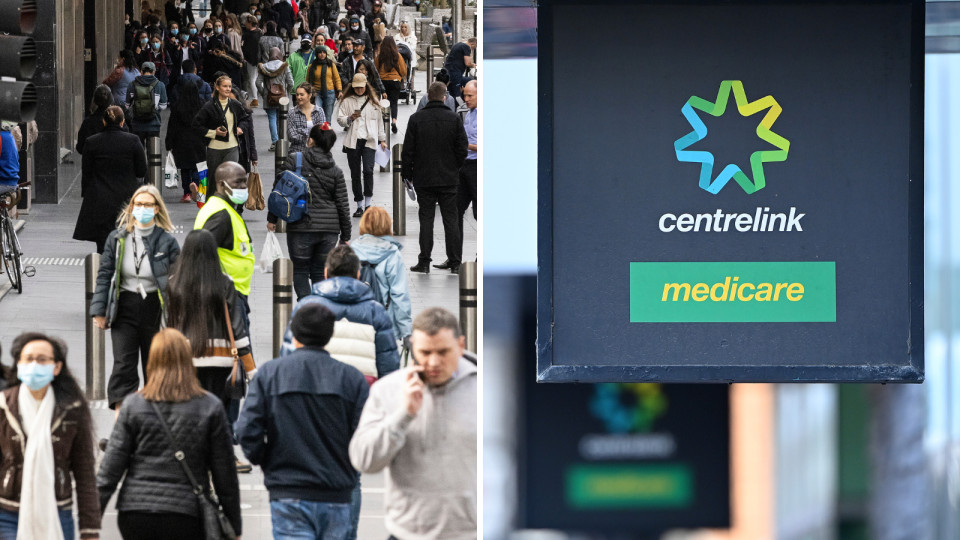Inflation Cools Further, Signaling More Fed Rate Cuts
The Federal Reserve's preferred measure of inflation continued to cool in August, easing pressures on the central bank to keep interest rates high and potentially paving the way for further rate cuts. The Personal Consumption Expenditures (PCE) price index, the Fed's go-to gauge for tracking inflation, rose by a modest 0.1% for the month, putting the 12-month inflation rate at 2.2%, down from 2.5% in July. This marked the lowest rate since February 2021, drawing the U.S. economy closer to the Fed's 2% inflation target.
Core Inflation Remains Steady
While the overall inflation picture looked promising, core inflation, which strips out volatile food and energy prices, remained steady at an annual pace of 2.7% in August, up from 2.6% in July. While this figure was in line with economists' expectations, it is still above the Fed's 2% target, suggesting that inflation pressures remain somewhat persistent.
Positive Signs for the Economy
The encouraging inflation data was welcomed by market participants and economists alike, suggesting that the U.S. economy may be on a path toward a softer landing, avoiding a severe recession despite the Fed's aggressive rate hikes in recent months. The cooling inflation data also reinforced expectations that the Fed could continue to ease its monetary policy in the coming months to support economic growth and a healthy labor market.
Market Reactions
The release of the PCE data was met with positive reactions in the financial markets. Stock market futures rose, indicating investor optimism about the future trajectory of the economy. Treasury yields, which move inversely to bond prices, fell, reflecting a decrease in perceived inflation risk.
Fed Officials' Focus Shifts
The Fed's focus has shifted from battling inflation to supporting a labor market that has shown signs of weakening. At their recent meeting, policymakers hinted at a potential for further rate cuts, with a likelihood of another half-percentage-point cut this year and a full percentage point in reductions for 2025. However, market participants are anticipating a more aggressive path of rate cuts in the near term.
Impact on Consumer Spending
Despite the cooling inflation, consumer spending and income remained relatively weak in August. Personal income increased by only 0.2%, while spending rose by 0.3%, falling short of economists' expectations. This could indicate a slowdown in consumer spending due to concerns about the economic outlook and potential for a recession.
Continued Pressure from Housing Costs
The latest inflation report highlighted continued pressure from housing-related costs, which increased by 0.5% for the month, marking the largest increase since January. This suggests that housing costs remain a significant contributor to inflation and could continue to exert upward pressure on overall price levels.
A Cautious Outlook
While the latest inflation data offers a positive outlook for the U.S. economy, economists remain cautious about the path ahead. Continued economic uncertainty and potential for a recession remain key concerns. The Fed's next move on interest rates will be closely watched by market participants as they look for signs of whether the central bank is ready to shift its focus to supporting economic growth.
The American Consumer: Still Spending, But With More Caution
Despite facing the highest interest rates in over two decades, the American consumer continues to drive the U.S. economy, but they are becoming increasingly discerning about where they spend their hard-earned money. In August, consumers spent a modest 0.1% more than in July after adjusting for inflation, with spending on goods virtually unchanged and services spending up 0.2%.
A Change in Spending Habits
This slight increase in spending reflects a shift in consumer behavior, as they navigate a complex economic environment characterized by high inflation, rising interest rates, and a weakening labor market. Workers are starting to see more meager wage gains, while employers are scaling back on hiring new workers and the unemployment rate has risen significantly over the past year. This economic reality is prompting consumers to become more cautious in their spending habits.
Savings Still High
While consumers are exercising caution, they still have more savings than previously thought. For several months, the Commerce Department reported that consumers were saving about 3% of their disposable income. However, revised data indicates that they actually stashed away closer to 5% during those months, as well as in August. This suggests that consumers may have some financial cushion to rely on, which could help support future consumption.
Key Takeaways
The latest economic data suggests that the U.S. economy is in a delicate balance. While inflation is showing signs of cooling, consumer spending remains subdued, and the labor market is showing signs of softening. The Fed's next move on interest rates will be crucial in determining the future path of the U.S. economy, with both inflation and economic growth remaining key concerns.
The Road Ahead: A Look at Key Economic Indicators
The Fed's decision on interest rates in November will be heavily influenced by a number of key economic indicators, including the monthly jobs report, consumer confidence surveys, and data on inflation. The upcoming months will be critical for gauging the health of the U.S. economy and determining the direction of monetary policy.
The Importance of the Jobs Report
The monthly jobs report is expected to be a particularly important indicator for the Fed. The labor market has shown some signs of weakening in recent months, and the central bank will be watching closely to see if this trend continues. A strong jobs report could provide the Fed with more confidence to ease monetary policy, while a weak report could lead to a more cautious approach.
Consumer Confidence Remains a Key Indicator
Consumer confidence is another key indicator that will provide insights into the health of the U.S. economy. Consumer confidence surveys provide a measure of how optimistic consumers are about the economy and their own personal financial situation. A decline in consumer confidence could signal a slowdown in consumer spending, which could have negative implications for economic growth.
Inflation Remains a Top Priority
Inflation remains a top priority for the Fed, and the central bank will continue to closely monitor inflation data in the coming months. The PCE price index, which the Fed uses as its preferred inflation gauge, will continue to be closely watched by policymakers. Further signs of cooling inflation would provide more room for the Fed to ease interest rates, while persistent inflation pressures could lead to a more cautious approach.
The Balancing Act: Growth vs. Inflation
The Fed faces a balancing act in the months ahead, as it seeks to maintain economic growth while ensuring that inflation remains under control. The central bank will need to carefully consider the implications of its actions on both fronts, as any missteps could have significant consequences for the U.S. economy.
The Path Forward
The path forward for the U.S. economy remains uncertain. The latest economic data suggests that the country may be on a path toward a softer landing, but the Fed's next move on interest rates and the overall economic outlook will be crucial in determining the direction of the economy in the months ahead.
A Time for Caution
As the U.S. economy navigates a complex economic environment, both consumers and policymakers will need to remain vigilant and cautious. The Fed's decisions on interest rates will play a significant role in shaping the economic landscape, and investors and consumers alike will need to carefully monitor the data and the central bank's actions in the months ahead.
Conclusion: A Time for Prudent Management
The U.S. economy is at a crossroads, with inflation showing signs of cooling but consumer spending and the labor market still exhibiting some weakness. Navigating this environment requires careful management of both inflation and economic growth, and the Fed's decisions on interest rates will be critical in determining the path forward. It remains to be seen whether the Fed will continue on its path of aggressive rate cuts or shift to a more cautious approach, but the central bank's actions will have a significant impact on the U.S. economy in the months ahead.

















